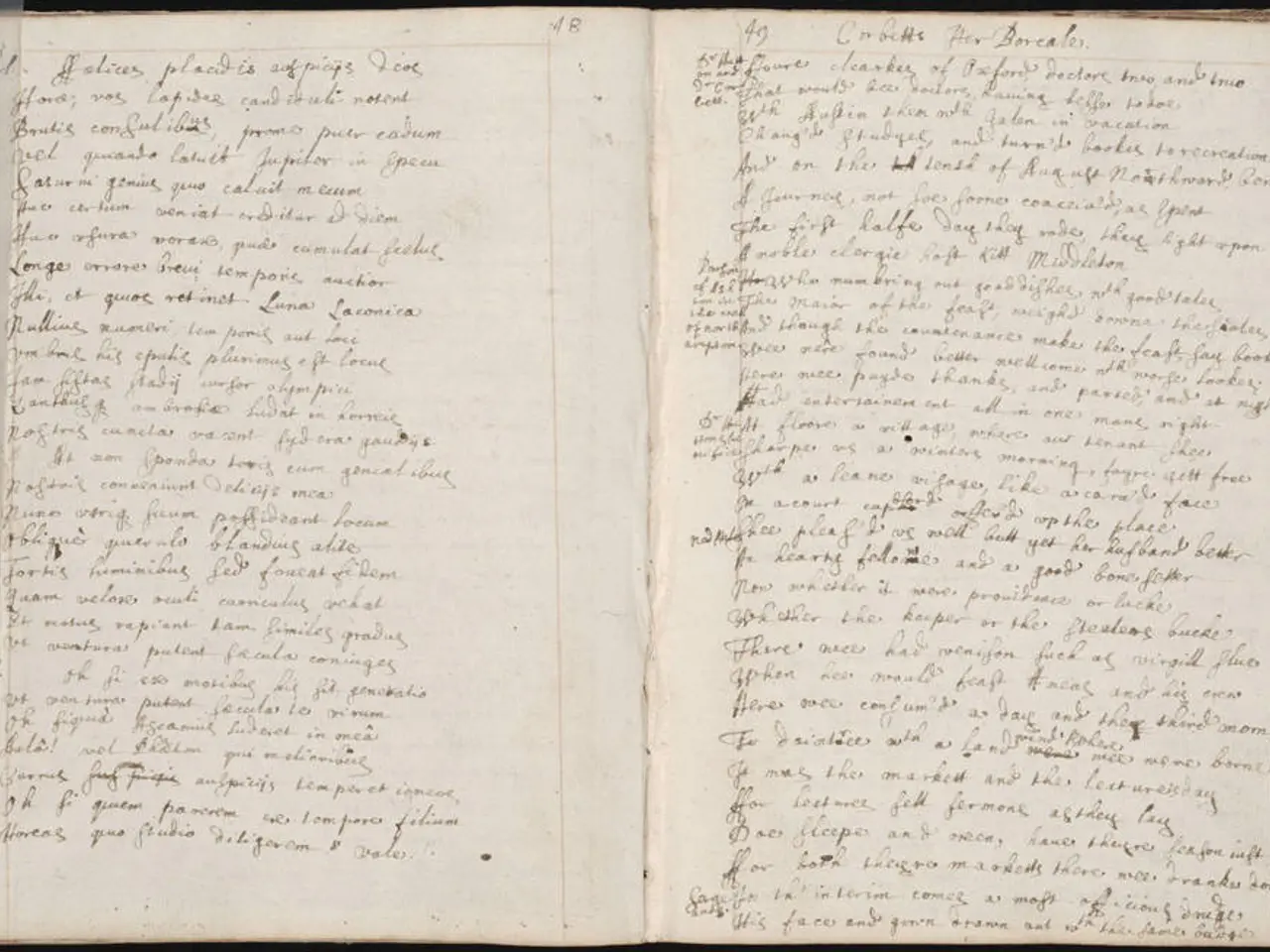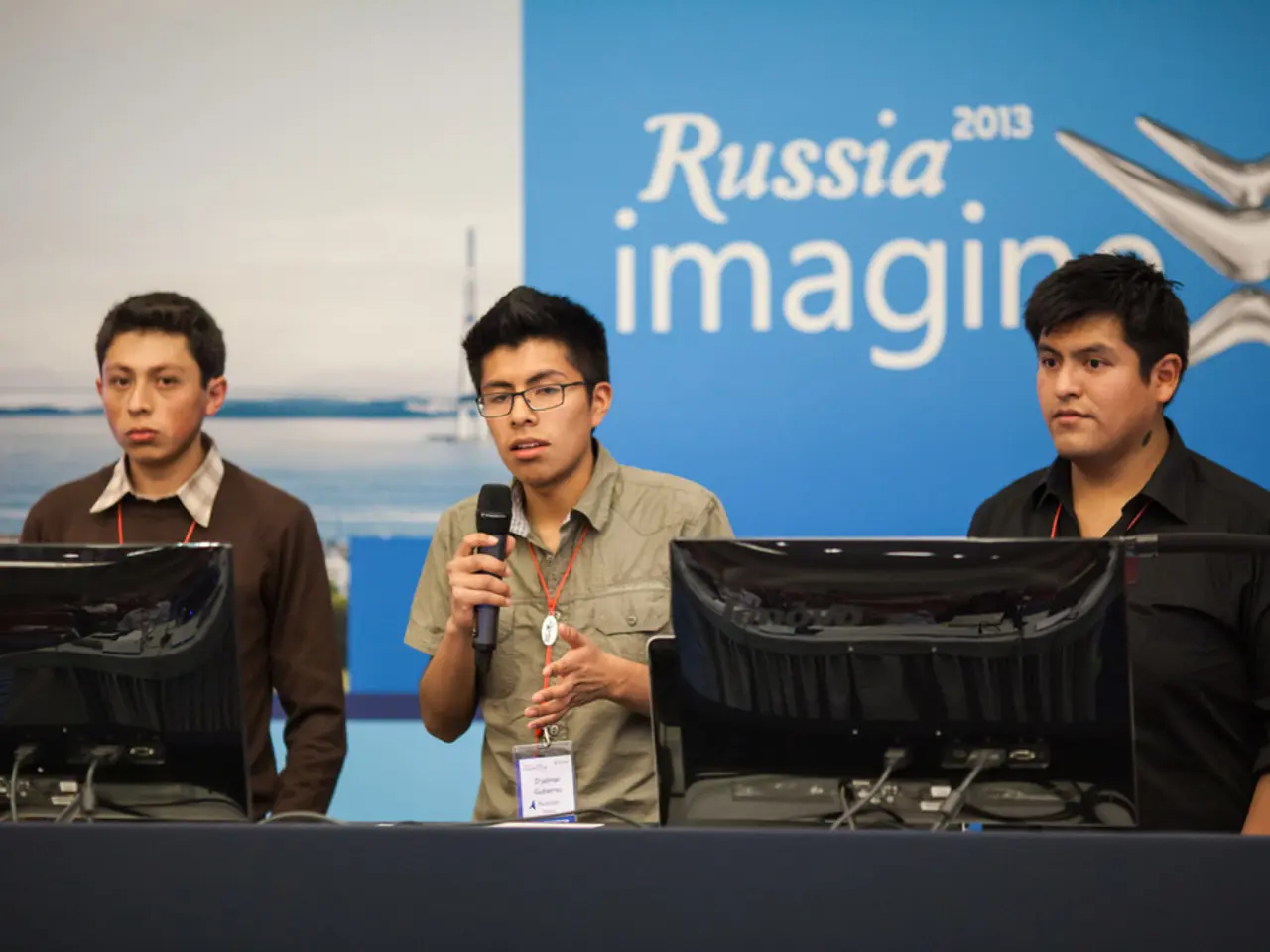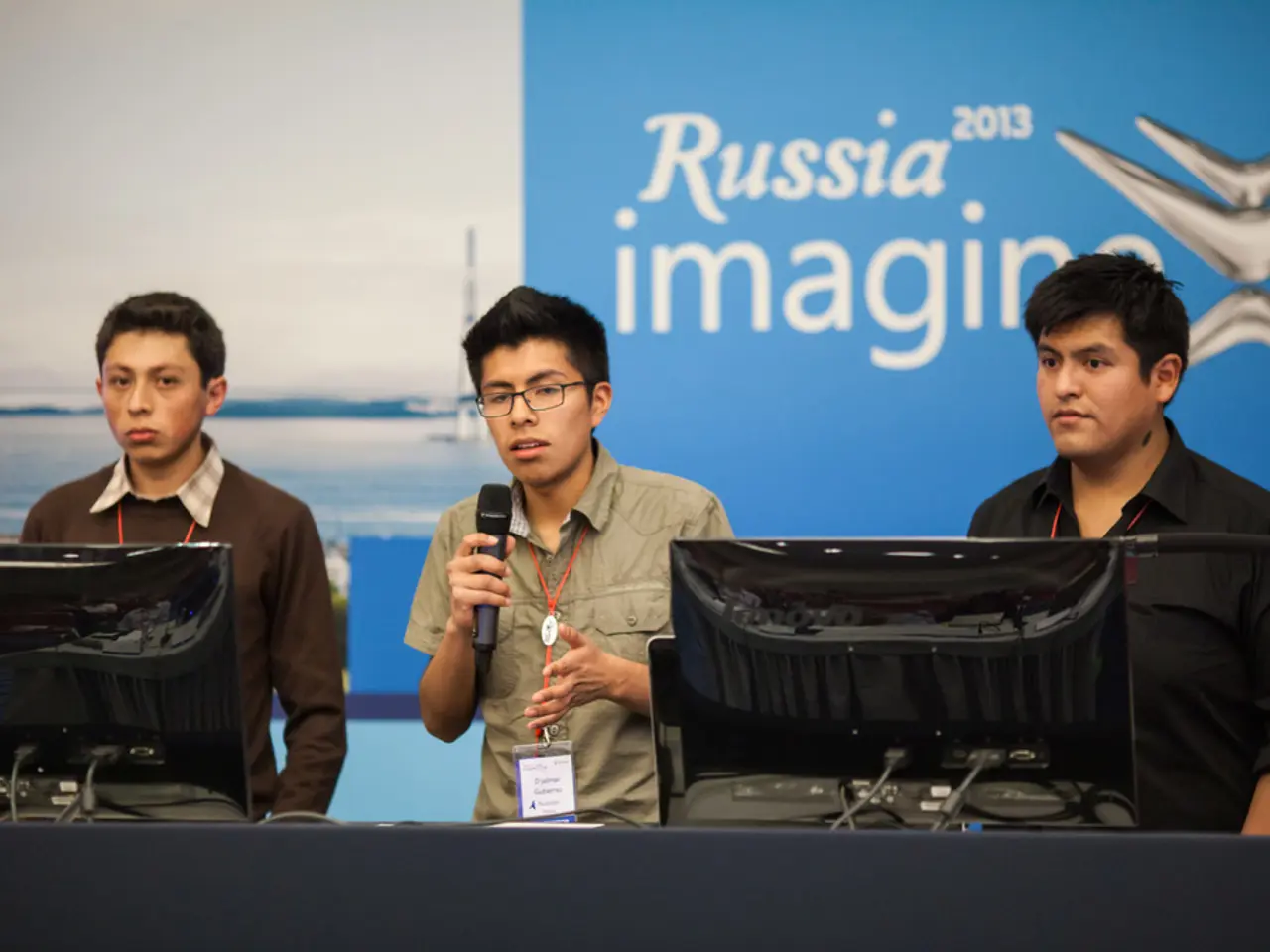AI-DRIVEN CONTENT CREATION AND COPYRIGHT DILEMMAS: STRIKING A BALANCE BETWEEN INNOVATION, ARTISTIC RIGHTS, AND ETHICAL REGULATIONS
In the rapidly evolving world of artificial intelligence (AI), intellectual property laws are adapting to address the challenges posed by the use of copyrighted materials in AI training. This transformation is particularly evident in the realm of large language models (LLMs) and generative AI (Gen-AI), where the fair use doctrine and exceptions for text-and-data mining (TDM) are under scrutiny.
In the United States, the US Copyright Office's third report on generative AI underscores the complexities involved in the AI training process, highlighting potential copyright infringement risks at every stage of dataset creation. A landmark 2025 court ruling in *Bartz v. Anthropic* recognised the use of lawfully acquired copyrighted books to train LLMs as a "quintessentially transformative" use, thereby qualifying as fair use under US copyright law. However, the use of pirated or unauthorised copies is not protected by fair use, and the ruling did not address copyright infringement of AI-generated outputs themselves.
Beyond the US, legislative bodies worldwide are drafting and enacting laws to clarify ownership, rights, and liabilities related to AI-generated content and model training. For example, new laws such as the Arkansas Act address content ownership and model training rights specifically in the context of generative AI.
Text-and-data mining (TDM) exceptions, which permit the extraction and analysis of data for research and innovation purposes, are crucial in balancing copyright protections with AI development needs. Many jurisdictions are revising their IP laws to expand or clarify these TDM exceptions, enabling lawful use of copyrighted materials for AI training while safeguarding creators’ rights.
However, the scope and application of TDM exceptions vary by country and remain under active review. Trade secret protections are also a significant concern, as LLMs can inadvertently expose proprietary or confidential information through training data or interactive context windows.
The Indian government is considering embedding mandatory compliance APIs (provenance logs, watermarking) as a precondition for subsidised access to the IndiaAI compute cloud. The Digital Personal Data Protection Act 2023 in India introduces fiduciary duties but is silent on non-personal copyrighted content. India lacks a text-and-data mining exception in its Copyright Act, which may lead to litigation over data scraping cases. As a result, the Indian intellectual property and data-protection framework is under examination for its adequacy in safeguarding innovation and creator rights.
The European Union's AI Act requires providers of Gen-AI to publish detailed summaries of all copyrighted data used for training. The OECD Principle of traceability demands audit trails of training data in generative AI. Ongoing legal and policy challenges include balancing innovation incentives with protection of creative works, ensuring regulatory clarity, and promoting international harmonization in this fast-evolving field.
In summary, global intellectual property frameworks are progressively adapting to the realities of AI training on copyrighted content by recognising transformative fair use in some key jurisdictions, clarifying the legal limits of dataset creation and model parameterization, and enhancing TDM exceptions. However, these areas remain dynamic, with ongoing debates over scope, liability, and the rights of original authors versus innovators in AI development. Policymakers and courts continue to grapple with these complexities to strike a balance between fostering innovation and protecting creative works.
- In the realm of global intellectual property laws, the mains focus is on clarifying ownership and rights associated with AI-generated content and model training, such as through the Arkansas Act in the United States.
- Regarding the use of copyrighted materials in AI training, text-and-data mining exceptions are playing a crucial role in balancing protection of creative works with the needs of AI development, as seen in the European Union's AI Act and the ongoing revisions in various jurisdictions.




